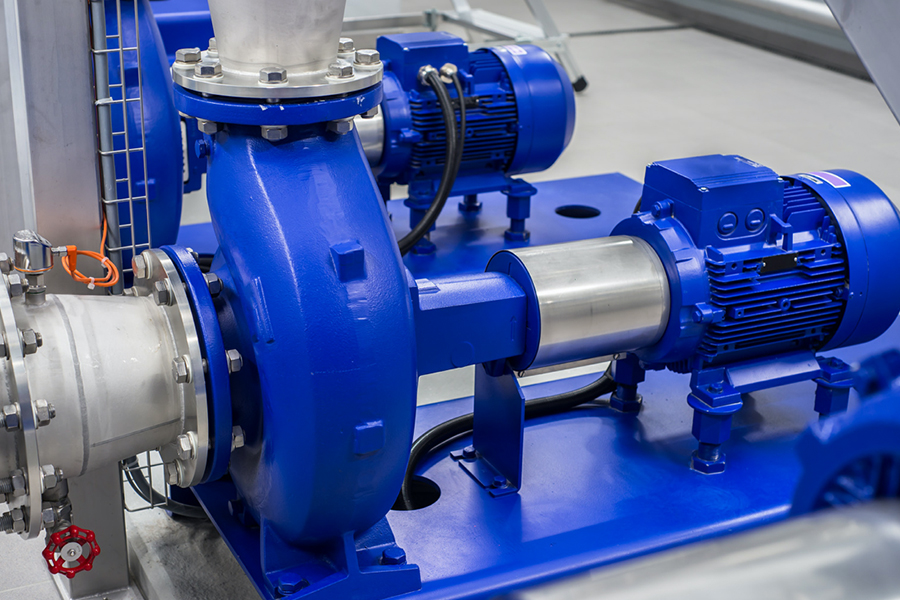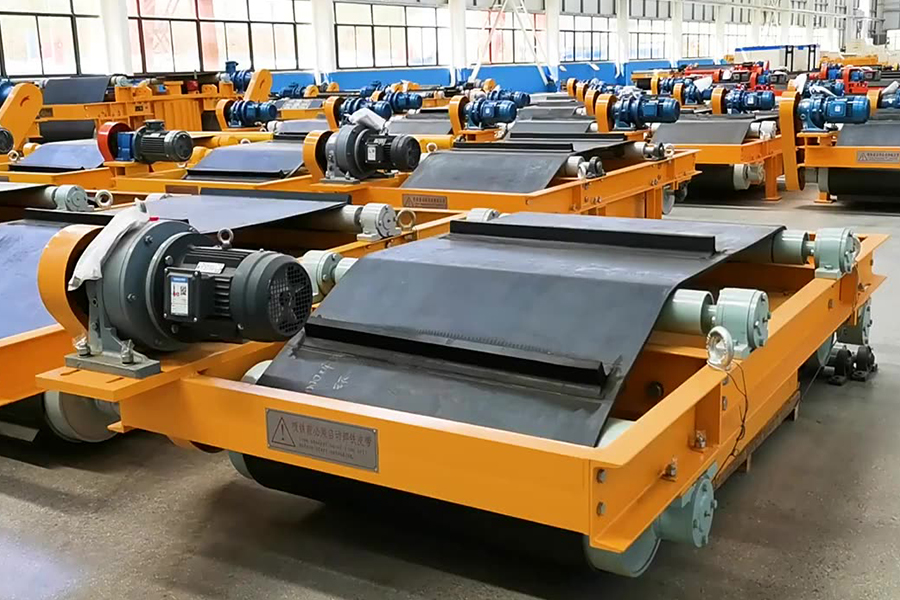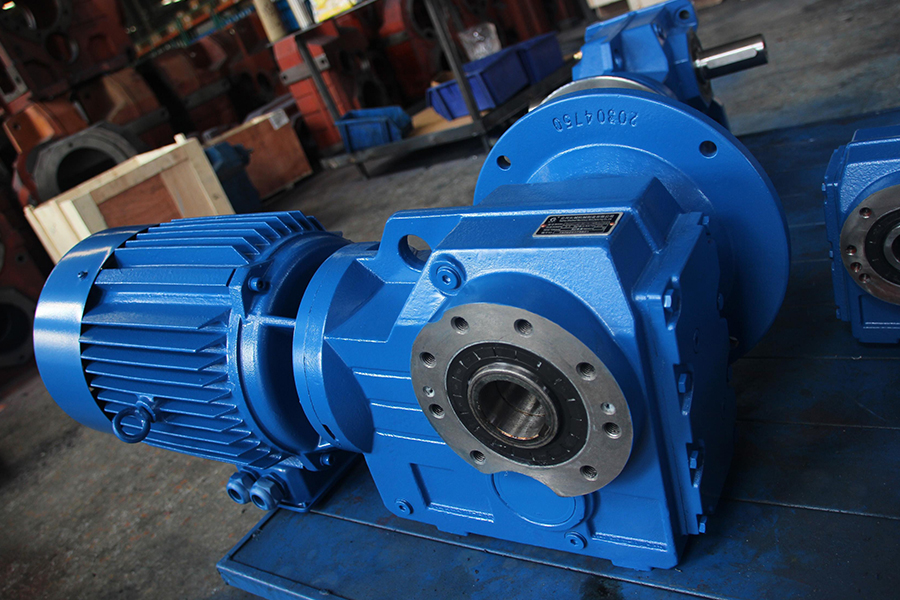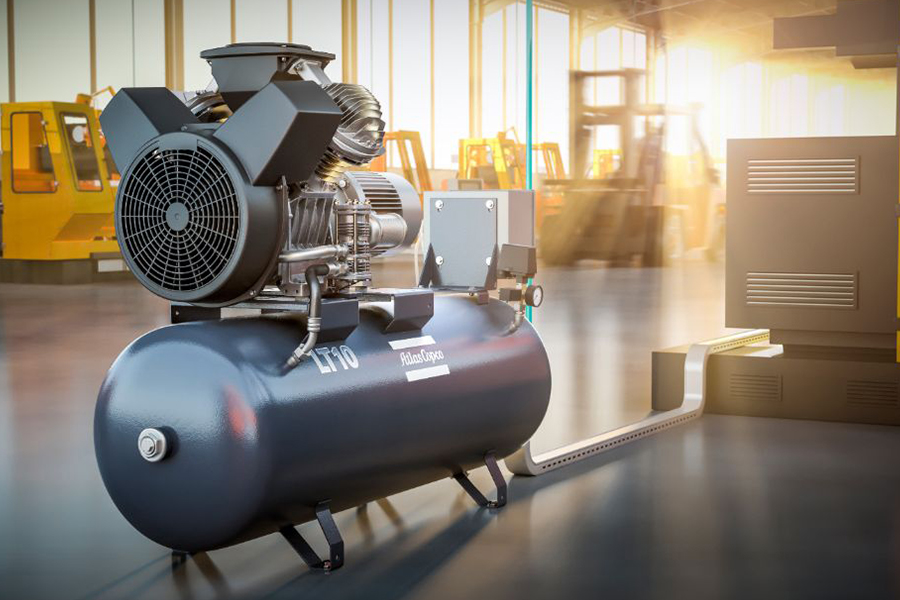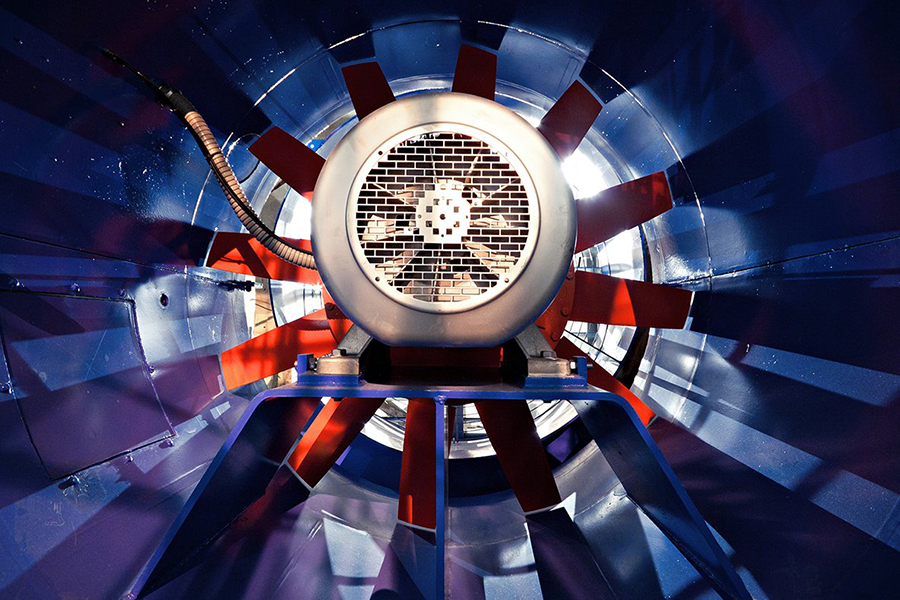The advancement towards efficiency, adaptability, and reliability has been incessant. Among the various innovations, high-speed asynchronous motors and single-phase variable speed motors have emerged as frontrunners, redefining the landscape of industrial and domestic applications.
High-speed asynchronous motors represent a paradigm shift in motor technology. Unlike conventional motors, they operate at significantly higher speeds, offering enhanced performance and efficiency. This innovation has opened new avenues in industries where speed and precision are paramount, such as robotics, machine tools, and aerospace.
One of the key advantages of high-speed asynchronous motors is their ability to achieve remarkable power density. By leveraging advanced materials and design principles, these motors pack a formidable punch in a compact form factor. This characteristic makes them ideal for applications where space is at a premium, enabling engineers to optimize system layouts without compromising on performance.
Moreover, the advent of single-phase variable speed motors has revolutionized the landscape of motor control. Traditionally, the operation of electric motors relied on fixed-speed configurations, limiting their versatility and efficiency. However, with the integration of variable speed drives, these motors can now dynamically adjust their speed and torque according to the demand, resulting in substantial energy savings and improved operational flexibility.
The versatility of single-phase variable speed motors extends beyond industrial settings into everyday appliances and HVAC systems. From ceiling fans to refrigerators, these motors offer precise control over speed and power consumption, enhancing user comfort and reducing energy bills. Additionally, in heating, ventilation, and air conditioning (HVAC) systems, the ability to modulate motor speed enables fine-tuning of airflow, temperature, and humidity levels, ensuring ideal comfort and energy efficiency.
Furthermore, the proliferation of renewable energy sources has accentuated the importance of motor efficiency and control. High-speed asynchronous motors and single-phase variable speed motors play a pivotal role in renewable energy generation and distribution systems. Whether it's harnessing wind energy with variable speed turbines or optimizing the performance of solar tracking systems, these motors facilitate the seamless integration of clean energy into the grid.
In the pursuit of sustainability and environmental stewardship, the significance of electric motors cannot be overstated. By embracing high-speed asynchronous motors and single-phase variable speed motors, industries and households alike can small their carbon footprint while maximizing productivity and cost-effectiveness.
Looking ahead, ongoing research and development efforts aim to further enhance the performance and versatility of these innovative motor technologies. From advancements in materials science to breakthroughs in control algorithms, the future holds promise for even greater efficiency, reliability, and sustainability in the realm of electric motors.
In conclusion, high-speed asynchronous motors and single-phase variable speed motors represent the vanguard of motor technology, offering unparalleled performance, efficiency, and adaptability across a myriad of applications. As we continue to harness the potential of these transformative technologies, the horizon of possibilities expands, ushering in a new era of electrification and innovation.
In the quest for continuous improvement, researchers and engineers are exploring novel techniques to push the boundaries of motor efficiency and control. Emerging technologies such as advanced sensor systems, artificial intelligence, and Internet of Things (IoT) connectivity hold immense promise in optimizing motor performance, predictive maintenance, and energy management.
Moreover, collaborative efforts between academia, industry, and government agencies are fostering innovation ecosystems aimed at accelerating the adoption of high-speed asynchronous motors and single-phase variable speed motors. By incentivizing research, providing funding opportunities, and fostering knowledge exchange, these initiatives are paving the way for widespread adoption and integration of these transformative technologies.
Furthermore, as awareness of climate change and resource scarcity grows, there is an increasing emphasis on sustainability and circular economy principles in motor design and manufacturing. From eco-friendly materials to energy-efficient production processes, the industry is embracing holistic approaches to small environmental impact throughout the lifecycle of motors.

 English
English 中文简体
中文简体 عربى
عربى



